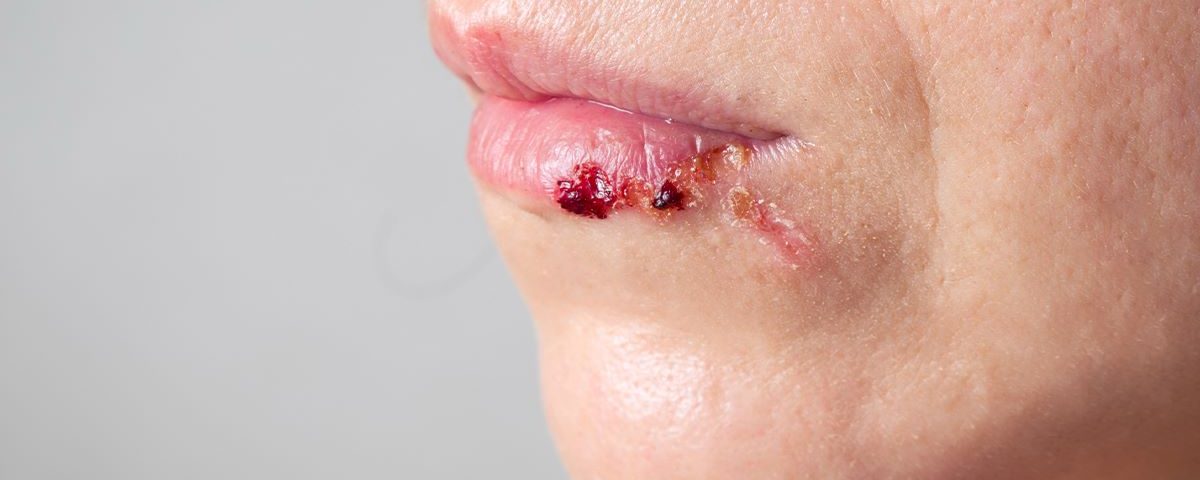
Tooth Loss in Adults: Causes and Solutions
May 29, 2025
How to Reduce Tooth Pain after Filling?
June 5, 2025If you see a dark spot on your lip, it’s normal to feel worried. Two things that can look alike are venous lake and melanoma. One is harmless, and the other is a type of skin cancer that needs quick care. It can be confusing to know which is which. So, let’s talk clearly about the differences between venous lake lip vs melanoma.
Table of Contents
ToggleUnderstanding Venous Lake Lip and Melanoma
Before we talk about the differences between venous lake lip vs melanoma, let us tell you what each one is first. A venous lake lip is a small, soft, dark spot on the lip. It happens when tiny veins under the skin get bigger. It does not hurt and does not turn into cancer. You will often see these spots on the lower lip, ears, or other places where the sun hits the skin.
Melanoma is a serious skin cancer. It starts in the cells that give color to your skin, called melanocytes. This cancer can grow fast and spread to other parts of the body if it is not treated early. Melanoma can look like a dark, uneven spot or mole. It can appear anywhere, including your lips.
What are the Differences Between Venous Lake Lip vs Melanoma?
It’s important to know how to tell the difference between venous lake lip vs melanoma. Even though they might look similar, there are many key differences:
Cause
- Venous lake happens when tiny veins near the skin’s surface get wider because of aging and sun damage. It is a harmless condition caused by blood pooling in these veins.
- Melanoma occurs when pigment-producing skin cells start growing uncontrollably, often due to UV damage or genetic reasons. It is a serious cancer that needs attention.
Color
- Venous lake is usually a uniform dark blue, purple, or violet color that stays the same over time.
- Melanoma often shows mixed colors like black, brown, red, white, or blue. The color is uneven and can change as it grows.
Texture
- The texture of a venous lake is soft and squishy. You can press it gently, and it may slightly flatten.
- In contrast, melanoma feels firm or hard. It does not compress or change shape when touched.
Shape and Border
- A venous lake lip has a smooth, round, or oval shape with clear, well-defined edges that don’t change much.
- Melanoma often has an irregular, uneven shape with blurry or jagged borders that look uneven and can spread.
Click to read about our dental implants Ahwatukee, AZ.
Growth Pattern
- Venous lake lip usually grows very slowly or does not grow at all, often staying the same size for years.
- Melanoma can grow quickly in a matter of weeks or months and can change shape and color rapidly.
Symptoms
- Most of the time, venous lakes do not cause pain or discomfort. It may bleed if bumped or injured, but it is usually painless.
- Melanoma can cause itching, pain, or spontaneous bleeding. It might also ulcerate or become tender as it grows.
Risk Level
- Venous lake is a benign condition, which means it is not cancerous and does not spread to other parts of the body.
- Melanoma is malignant and dangerous. It can grow deep into the skin and spread to other organs if untreated.
Typical Location
- You mostly see venous lakes on the lower lip, ears, or other areas exposed to the sun over time.
- Melanoma can occur anywhere on the body, including lips, scalp, and other less common areas.
Age Group
- Venous lakes are mostly found in people over 50 years old because they develop with age and sun exposure.
- Melanoma can happen at any age but is more common in older adults and people who spend a lot of time in the sun.
Diagnosis Method
- Doctors often diagnose venous lakes by looking at them and pressing them gently. Sometimes, they use a test called diascopy or ultrasound to check blood flow.
- To confirm Melanoma, doctors must remove a small piece of tissue (biopsy) and look at it under a microscope to check for cancer cells.
Treatment
- Venous lake lip treatment is usually simple and quick. The most common way to treat it is with laser therapy. This means using a special light to gently remove the dark spot without hurting much. Sometimes, a small procedure can be done to cut it out.
- If a doctor finds melanoma, the first step is usually surgery to take out the spot and some healthy skin around it. Depending on how deep or big the melanoma is, Ahwatukee dentists may also recommend other treatments like chemotherapy or radiation to stop the cancer from coming back or spreading. If caught early, the treatment works much better.
How to Tell If You Have Venous Lake Lip or Melanoma?
Here’s how to tell if you have a venous lake lip vs melanoma:
| What You See or Feel | What It Might Mean | What You Should Do |
| Small, soft, dark blue or purple spot | Likely Venous Lake Lip | Watch it for changes; see a doctor if it bleeds or grows |
| Spot changes color or grows quickly | Could be Melanoma | See a doctor right away for a full check-up and possible biopsy |
| Spot feels soft and can be pressed down | Usually Venous Lake Lip | No urgent worry, but get a professional opinion to be sure |
| Spot is hard, uneven, or painful | Possible Melanoma | Get examined quickly to rule out cancer |
| No symptoms or discomfort | Likely harmless Venous Lake Lip | Monitor regularly and protect skin from sun damage |
| Itching, bleeding, or pain present | Warning signs of Melanoma | Seek immediate medical attention |
Venous Lake Lip vs Melanoma: Let’s Recap
Knowing the difference between venous lake lip vs melanoma can save your life. One is harmless, and the other is serious. Look closely at your dark lip spots. Notice the color and shape and if it changes. If you are unsure, get it checked by a professional. Early care makes all the difference.
FAQs about Venous Lake Lip vs Melanoma
Can venous lake lip turn into melanoma?
No, venous lake lip is harmless and does not turn into melanoma.
How fast does melanoma grow compared to venous lake lip?
Melanoma grows fast and can change quickly. Venous lake lip usually stays the same for years.
Is a biopsy needed to check for melanoma?
Yes, a biopsy is needed to be sure if it is melanoma.



